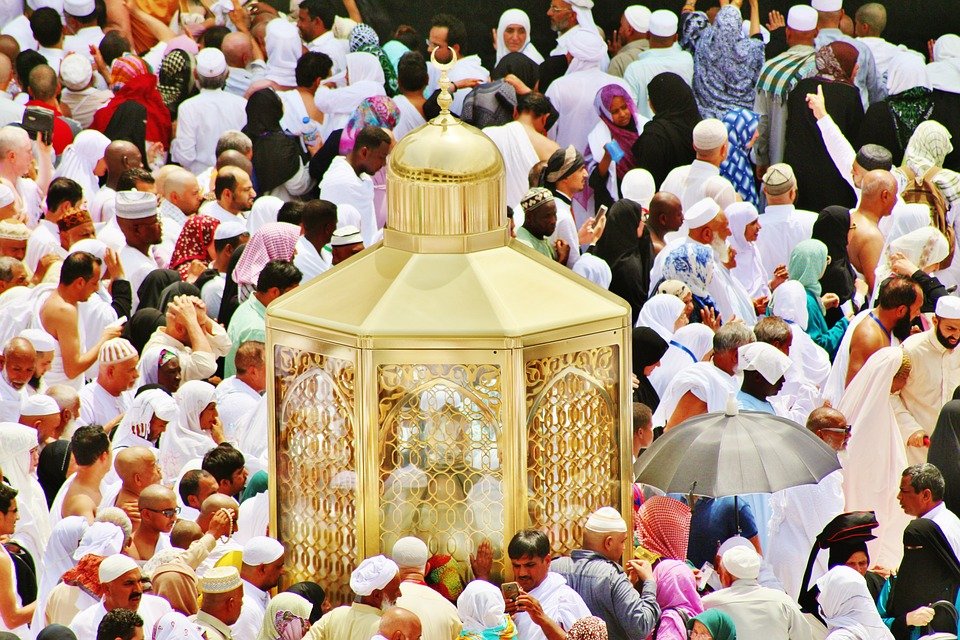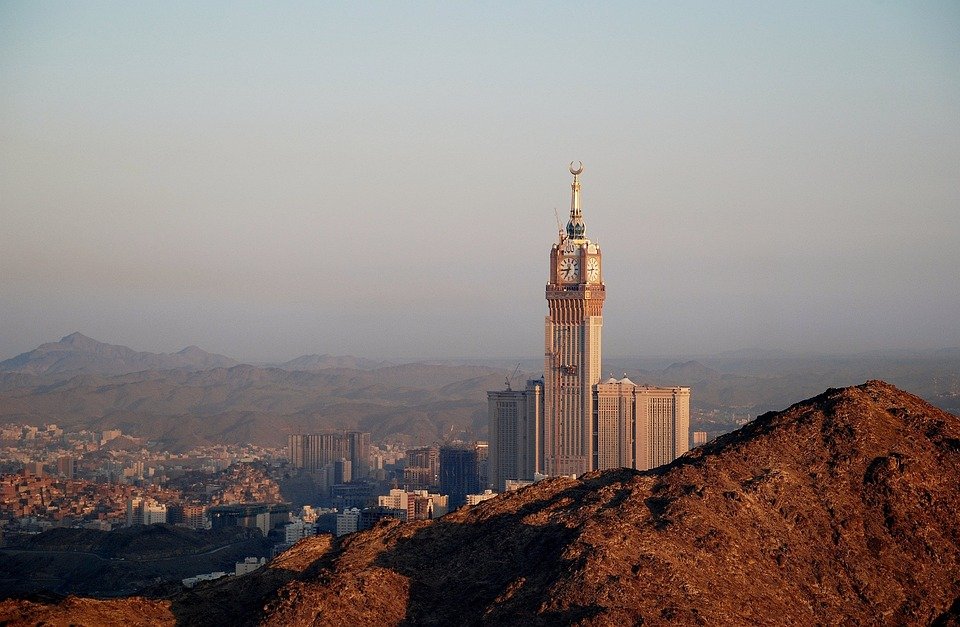You are here to read: How to Perform Hajj Based on Hanafi Madhab: A Step-by-Step Guide – A Thoughtfully Written Guide Offering Spiritual Wisdom and Travel Advice for Every Pilgrim who is going on holy journey of Hajj or Umrah.
If you’re looking to understand how to perform Hajj based on the Hanafi Madhab, you’re in the right place. This blog article aims to provide you with a clear and comprehensive guide on the rituals and practices involved in Hajj according to Hanafi principles. I think you will find this resource invaluable as we break down each step, ensuring everyone—from first-timers to seasoned pilgrims—can follow along seamlessly. Our focus is on giving precise, actionable information, so you can fully comprehend how to perform Hajj based on Hanafi Madhab.
Understanding how to perform Hajj based on Hanafi Madhab holds great significance for many Muslims. In my opinion, grasping the nuances of this pilgrimage fosters a deeper connection to the faith and its rituals. Our team at Airlinkhajjandumrah.com brings over nine years of expertise in the Umrah and Makkah and Madinah travel fields. We are committed to guiding you through the essential elements of “How to Perform Hajj Based on Hanafi Madhab: A Step-by-Step Guide.” With our experience, we deliver insights that convey the importance of fulfilling this profound spiritual obligation. I encourage you to read on and immerse yourself in this essential knowledge.
How to Perform Hajj Based on Hanafi Madhab: A Step-by-Step Guide
Understanding Hajj and Its Importance
Hajj is a touching and essential pilgrimage for Muslims around the world. This journey to the holy cities of Makkah and Madinah serves many purposes. It helps cleanse the soul, strengthens faith, and fulfills one of the Five Pillars of Islam. In Islam, Hajj is a mandatory act for those who have the ability and resources to perform it.
Many people view Hajj as a rite of passage. It is a time for reflection and spiritual growth. When we step onto the sacred grounds where countless others have prayed, we feel a sense of unity and purpose. This pilgrimage not only strengthens our connection to Allah but also brings us closer to a global community of believers. It is during Hajj that we realize how similar our hopes, struggles, and dreams are, regardless of our backgrounds.
The Basic Preparations Before Hajj
Preparation for Hajj starts well before we even reach Makkah. First and foremost, make sure to have your documents in order. This includes your passport, visa, and any necessary medical paperwork. These papers are essential for a smooth experience. It’s crucial to keep them safe and easily accessible.
Next, consider packing wisely. Toiletries, comfortable clothing, and footwear suitable for walking are must-haves. Many pilgrims also find that carrying a light backpack enhances their experience. It holds essentials like water, snacks, and prayer items. In my opinion, a thoughtful packing strategy can significantly ease the pilgrimage experience.
Entering the Sacred State: Ihram
Once you arrive at the designated point of your journey, you will enter into a state called Ihram. This is an important spiritual phase, marked by special garments. For men, this consists of two white, unstitched cloth pieces. Women should wear modest clothing that covers their arms and legs. The simplicity of Ihram allows pilgrims to present themselves equally before Allah.
You're at the middle of this awesome post at AirlinkHajjandUmrah.com through: How to Perform Hajj Based on Hanafi Madhab: A Step-by-Step Guide. Keep reading, it gets better!
While in Ihram, we also abstain from certain activities, such as cutting hair or nails. Observing these rules fosters a spirit of humility and focus. In this state, we make the intention to perform Hajj and say the Talbiyah prayer, expressing our readiness to obey Allah’s call. This moment marks the start of a truly transformative experience.
Performing the Tawaf: Circling the Kaaba
Upon reaching the Masjid al-Haram in Makkah, the first act is Tawaf, which involves circling the Kaaba seven times in a counter-clockwise direction. This sacred act symbolizes the unity of believers as they move in harmony around the House of Allah. As we turn, we might perform prayers or utter supplications close to our hearts.
The rhythm of each step during Tawaf instills a sense of peace within us. We can feel the energy of those around us, all engaged in a shared purpose. It’s a beautiful dance of devotion that encapsulates the essence of Hajj. Completing Tawaf brings a sense of accomplishment and deepens our spiritual connection to Allah.
Sa’i: Walking Between Safa and Marwah
After performing Tawaf, we proceed to the ritual of Sa’i. This involves walking back and forth seven times between the hills of Safa and Marwah. This act commemorates Hagar’s desperate search for water for her son, Ishmael. Walking this path reminds us of perseverance and trust in Allah’s mercy.
While walking, we can reflect on our own lives. Everyone faces challenges, and each step can serve as a reminder that patience and determination often lead to relief and solace. We recite prayers or praises as we walk, creating a personal bond with the divine. The Sa’i is more than just a physical act; it’s a journey of the heart.
Arafat: Standing in Prayer
The Day of Arafat is one of the most significant moments of Hajj; we gather at the plain of Arafat, standing in earnest prayer. This day is all about seeking forgiveness and making sincere supplications. It is a time when believers feel the closeness of Allah’s mercy. Many pilgrims choose to reflect on their lives and ask for guidance.
At this moment, standing shoulder to shoulder with millions, we experience an overwhelming sense of community. There’s no division among us; just a united front, all humbly calling out to Allah. The sense of togetherness is palpable. We understand why the Day of Arafah is often considered the pinnacle of Hajj.
The Conclusion of Hajj: Eid al-Adha and Tawaf al-Ifadah
Once we have completed the rituals, the next important occasion is Eid al-Adha. On this special day, we commemorate the willingness of Prophet Ibrahim to sacrifice his son in obedience to Allah. Practicing the act of sacrifice, sharing meals, and celebrating with family and friends highlight the day. It’s an occasion filled with joy, love, and gratitude.
After Eid, we perform Tawaf al-Ifadah, another act of circling the Kaaba. This symbolizes a renewed sense of purpose. Completing all the rituals of Hajj nurtures a profound spiritual awakening within us. As we prepare to depart from Makkah, we carry the lessons learned and the experiences cherished deep within our hearts, reminding us of this sacred journey for years to come.
That wraps up How to Perform Hajj Based on Hanafi Madhab: A Step-by-Step Guide. Thanks for sticking with us till here! Share this: How to Perform Hajj Based on Hanafi Madhab: A Step-by-Step Guide with your friends.
Check our homepage at Air Link Hajj & Umrah for more awesome updates.
Some interesting posts are: 1: Umrah Mubarak, 2: When is Umrah closed 2026?, 3: When does Umrah start after Hajj 2026?
Mushu, an experienced Saudi Arabia traveler and writer, shares insightful tips and spiritual reflections to enhance Hajj and Umrah journeys for fellow pilgrims. He has been to Makkah and Madina from 2016 to 2023 many times and his posts will reflect this.







